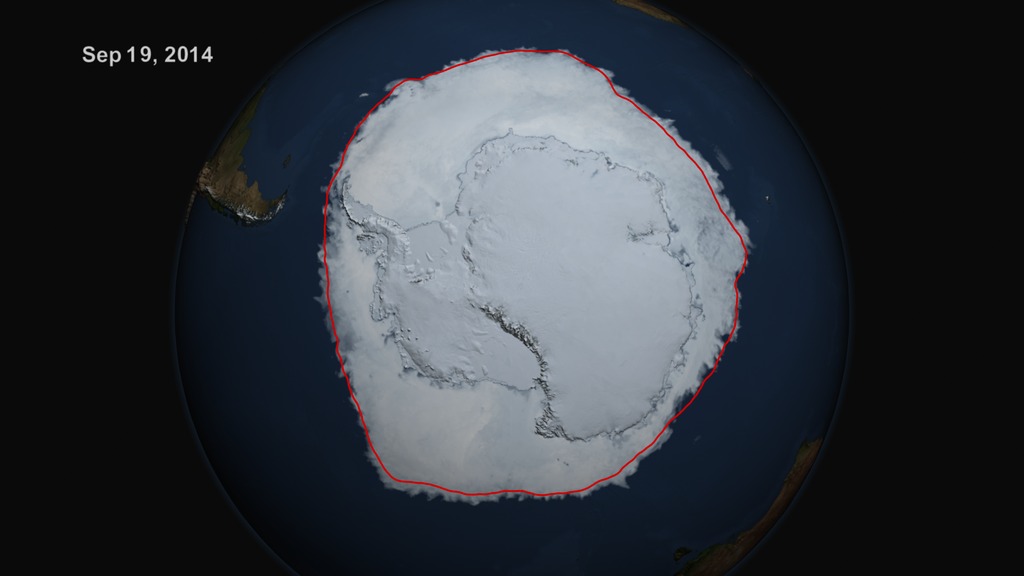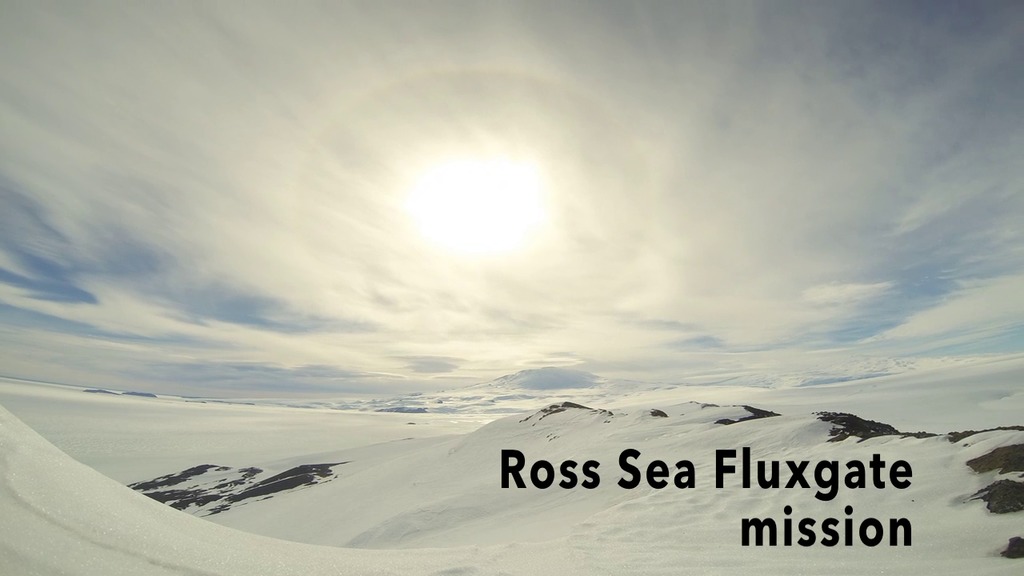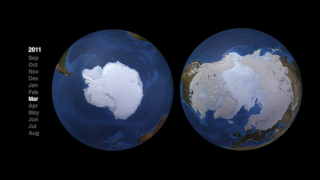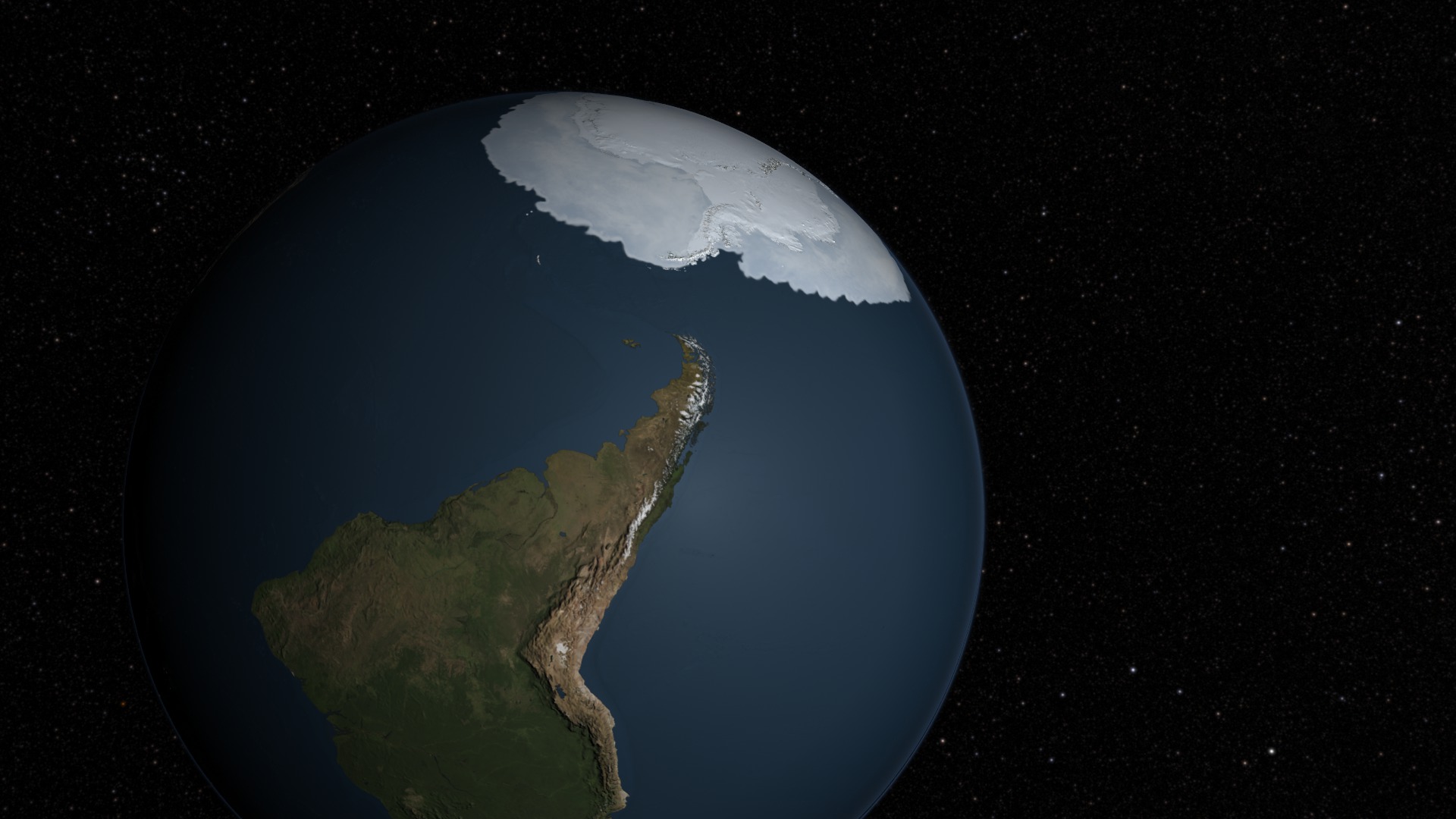The Arctic and the Antarctic Respond in Opposite Ways
The Arctic and the Antarctic are regions that have a lot of ice and acts as air conditioners for the Earth system. This year, Antarctic sea ice reached a record maximum extent while the Arctic reached a minimum extent in the top ten lowest since satellite records began. One reason we are seeing differences between the Arctic and the Antarctic is due to their different geographies. As for what's causing the sea increase in the Antarctic, scientists are also studying ocean temperatures, possible changes in wind direction and, overall, how the region is responding to changes in the climate.
Here is the YouTube video.
For complete transcript, click here.
For More Information
Credits
Please give credit for this item to:
NASA's Goddard Space Flight Center
-
Data visualizer
- Helen-Nicole Kostis (USRA)
-
Visualizer
- Cindy Starr (Global Science and Technology, Inc.)
-
Scientists
- Walt Meier (NASA/GSFC)
- Nathan T. Kurtz (NASA/GSFC)
-
Producers
- Joy Ng (USRA)
- Kayvon Sharghi (USRA)
-
Videographers
- Joy Ng (USRA)
- Rob Andreoli (Advocates in Manpower Management, Inc.)
-
Writer
- Kate Ramsayer (Telophase)
-
Project support
- Aaron E. Lepsch (ADNET Systems, Inc.)
Release date
This page was originally published on Wednesday, October 8, 2014.
This page was last updated on Wednesday, May 3, 2023 at 1:50 PM EDT.
Series
This visualization can be found in the following series:Tapes
This visualization originally appeared on the following tapes:-
The Arctic and Antarctic Respond in Opposite Ways
(ID: 2014093)
Tuesday, October 7, 2014 at 4:00AM
Produced by - Liam Krauss (Hughes STX)




